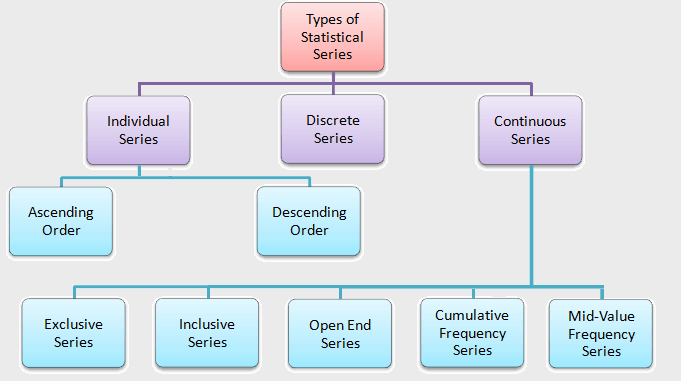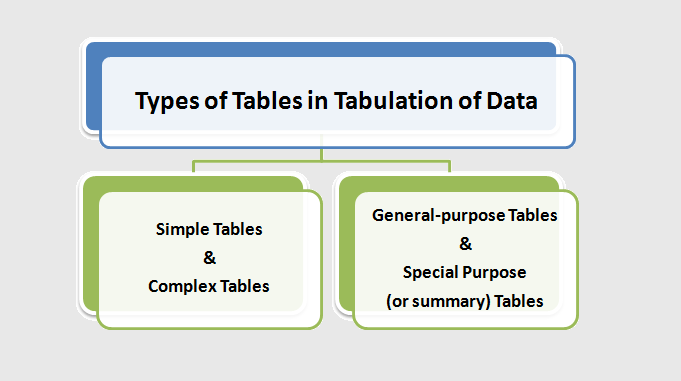
Characteristics of Statistics:
The characteristics of statistics are as follows:
1. Statistics are an aggregate of facts.
Since single and isolated figures are unrelated and cannot be compared, they are not statistics. For example, a single figure relating to employment, purchase, birth, death, accident, production, sale, and so on, cannot be considered statistics, however collection of such figures can be called statistics due to their comparability and relationship.
2. Statistics are affected to a great extent by many factors.
Many factors affect the statistics during a particular area of enquiry, e.g., fertility, soil, raw material availability, climate, and quick transport methods all have an effect on production statistics.
Read Also: Scope, Importance and Applications of Statistics
3. Statistics are numerically expressed, enumerated or estimated.
All statistics are numerical statements of facts, i.e., they are expressed numerically. Quantitative statements such as “The population of India is rapidly increasing”; or “the production of wheat is not sufficient” do not constitute statistics. The reason is that such statements are unclear and one cannot make out anything from them.
In other words, statistics is concerned essentially with facts expressed in numerical form—with their quantitative details but not qualitative descriptions. Therefore, as a result, facts denoted by terms like “good” or “bad” are not statistics unless each expression is given a numerical equivalent.
4. According to a reasonable standard of accuracy, statistics are calculated or estimated.
There are two methods for obtaining facts and figures about any phenomenon — actual counting and measurement or estimation. An estimate cannot be as precise and accurate as an actual count or measurement. In many cases, 100% accuracy of numbers may be difficult to attain. The desired level of accuracy (accuracy) is largely determined by the nature and purpose of the investigation. However, it is important to achieve the appropriate accuracy standards; otherwise, the numbers can be completely misleading.
5. Statistics are collected in a systematic manner.
An appropriate data collection plan should be prepared before collecting data, and the work should be completed in a systematic manner. A haphazard random collection of data would almost certainly result in wrong conclusions.
6. Statistics are collected for a predetermined purpose.
It is necessary to decide the purpose of collecting the data in advance. The goal should be specific and well-defined. It is not enough to make a general statement of purpose. For example, if the objective is to collect data on prices it would not serve any useful purpose unless one knows whether he wants to collect data on wholesale or retail prices.
7. Statistics should be able to be compared with one another.
The data collected should be comparable and well-connected within the same field of enquiry. For example, the ages of husbands are only to be compared with the corresponding ages of wives, not with, say, tree heights.
Without the above characteristics, numerical data cannot be called statistical, and thus “all statistics are numerical statements of facts, but all numerical statements of facts are not statistics.”
(Source – Various books of college library)
Tags: basic characteristics of statistics, define statistics what are the characteristics of statistics, characteristics of statistics class 11, characteristics of statistics in business statistics
Copyrighted Material © 2019 - 2024 Prinsli.com - All rights reserved
All content on this website is copyrighted. It is prohibited to copy, publish or distribute the content and images of this website through any website, book, newspaper, software, videos, YouTube Channel or any other medium without written permission. You are not authorized to alter, obscure or remove any proprietary information, copyright or logo from this Website in any way. If any of these rules are violated, it will be strongly protested and legal action will be taken.





Be the first to comment